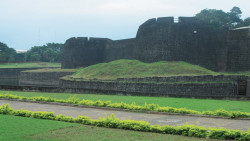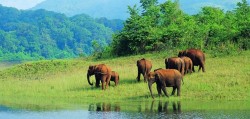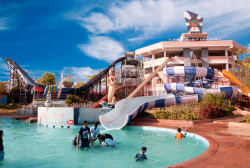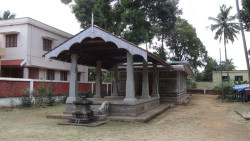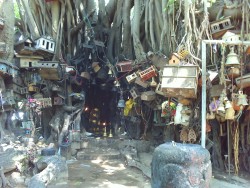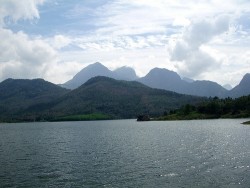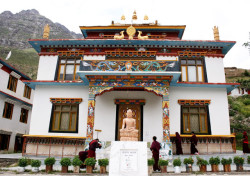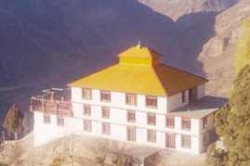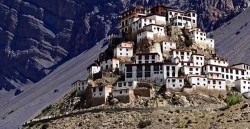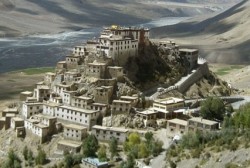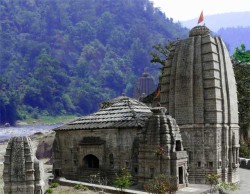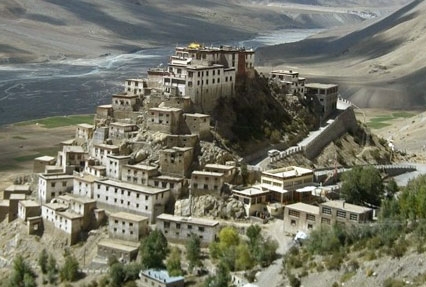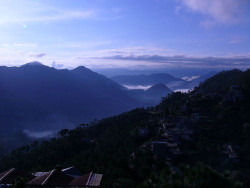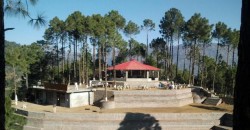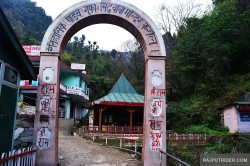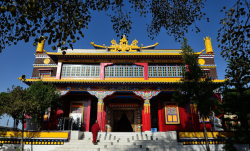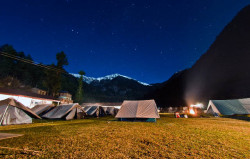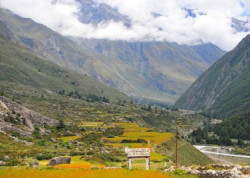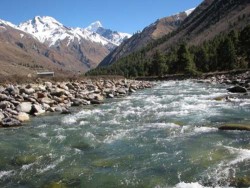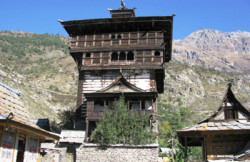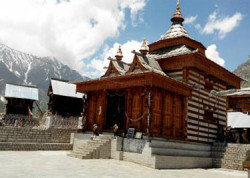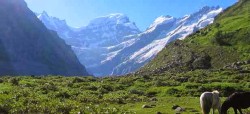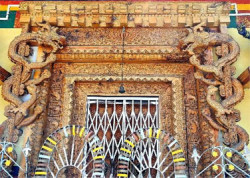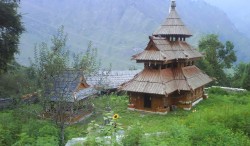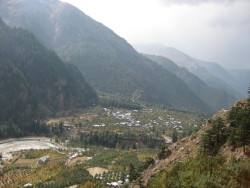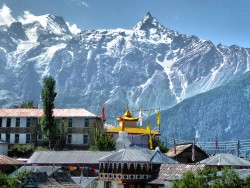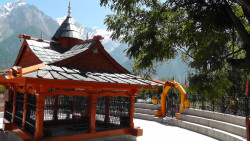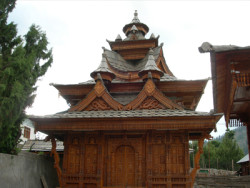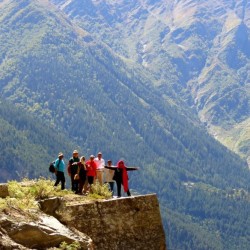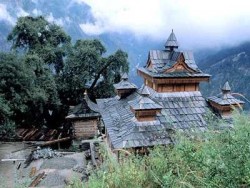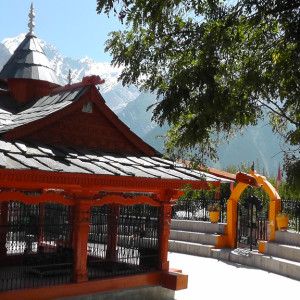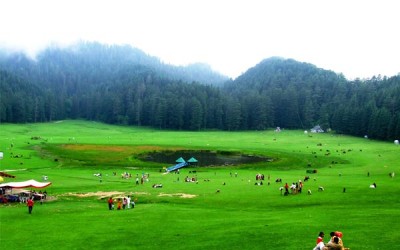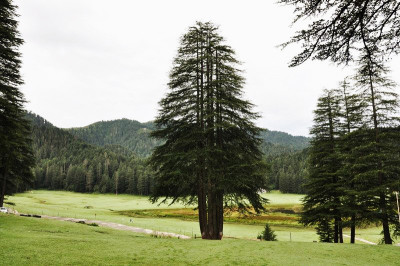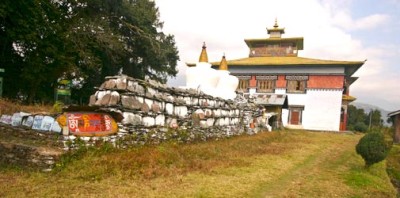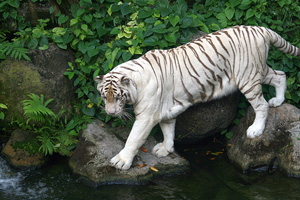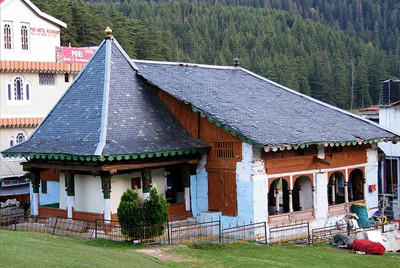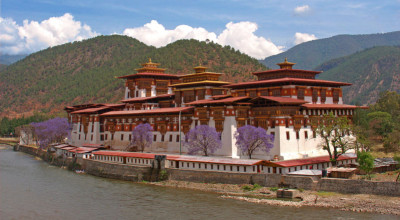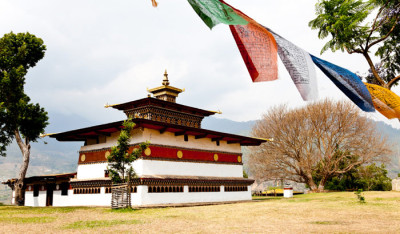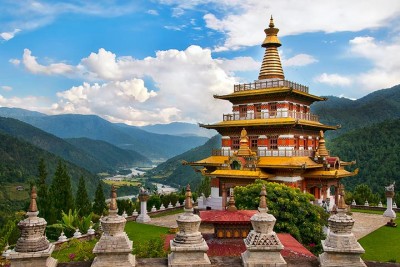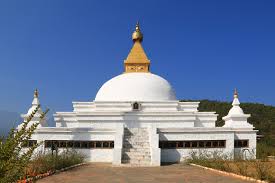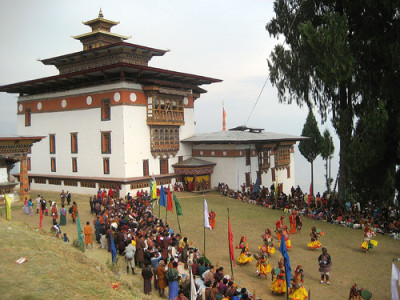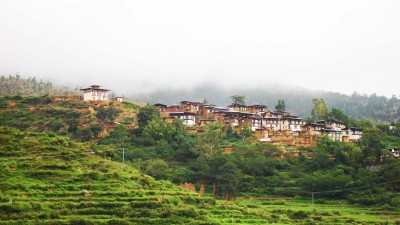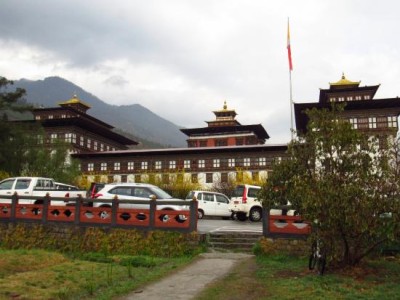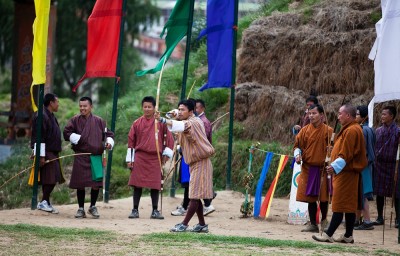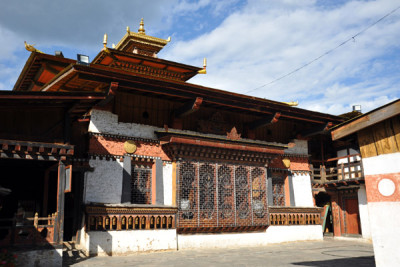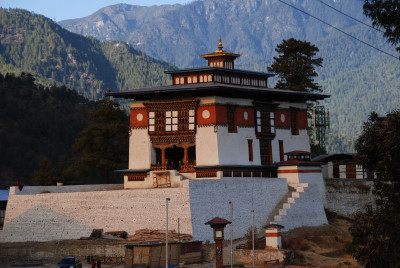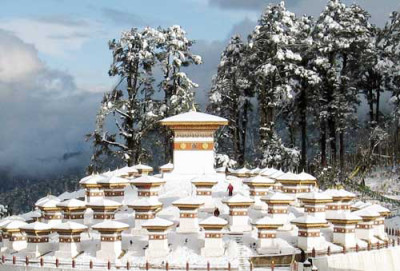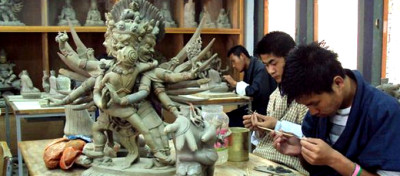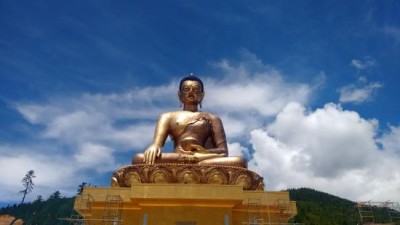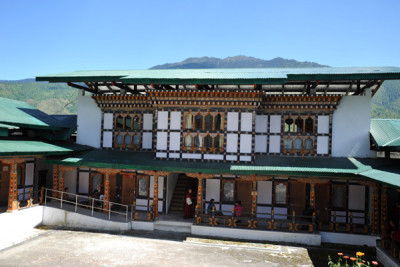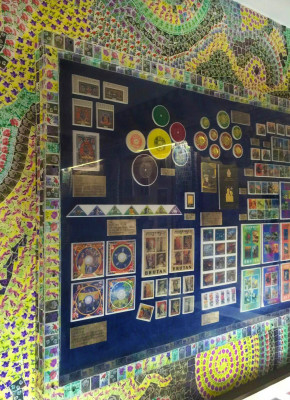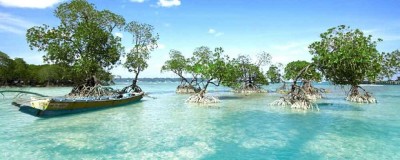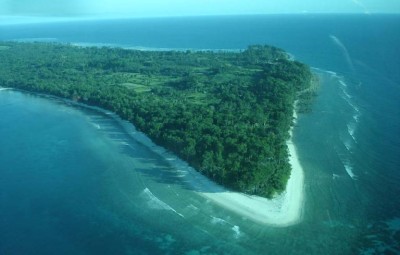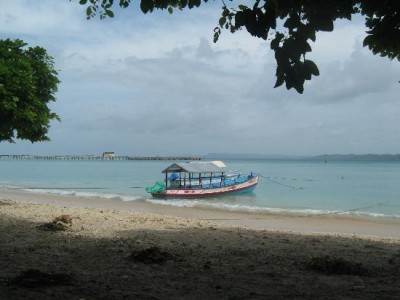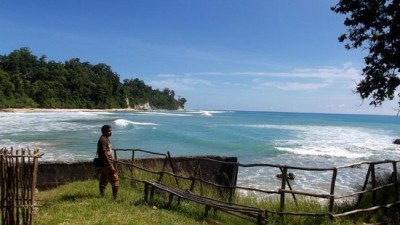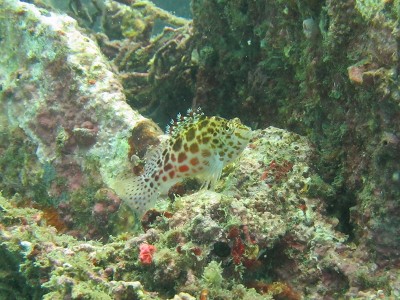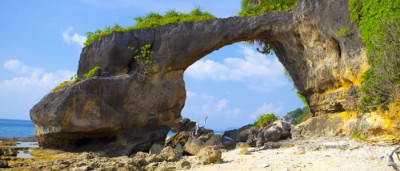Cherrapunji Sightseeing
| Cherrapunji : Cherrapunji or Sohra as it is known by the locals is one of the main reasons Meghalaya is known all over the world. Once the wettest land on Earth, Cherrapunji is mesmerising. The undulating hills, the many waterfalls, the panoramic view of the Bangladesh plains and a glimpse to local tribal lifestyle make a visit to Cherrapunji memorable. | Glimpse Of East 06 NIGHT / 07 DAYS 2N Guwahati – 2N Kaziranga – 2N Shillong Standard : INR 25,300 |
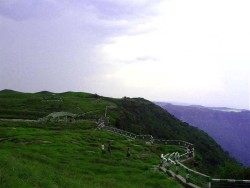 |
#Eco Park The Eco Park has been created in the plateaus by the Meghalaya government. At this Eco Park, tourists can see beautiful orchids growing in abundance in green house, which are given by Shillong Agri-Horticultural Society. In addition, tourists visiting this eco park can enjoy views of beautiful Sylhet Plains of Bangladesh. |
| #Mawsmai Fall Mawsmai Falls, the fourth highest waterfall in India, is located at a distance of few kilometres from Cherrapunjee. Located at a distance of 2 km from the monument of David Scott at Sohra, the height of this waterfall is 1,035 ft. This waterfall is also famous by the name of Nohsngithiang Falls. |
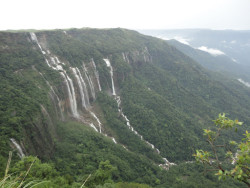 |
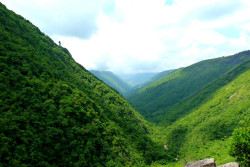 |
#Mawkdok Dympep Valley View The Mawkdok Dympep Valley View, located at the very start of Sohra tourist circuit, is one of the most prominent attractions of the place. The forest department has made a view-point at this valley from where tourists can enjoy and appreciate the natural beauty of the valley. |
| #Thangkharang Park Thangkharang Park, located at a distance of 12 km from Cherrapunjee, is another popular attraction of the destination. This park is under the vigilance of State Forest Department Control. Inside the park, visitors can see the Khoh Ramhah rock, which in its shape is like an upside down basket. |
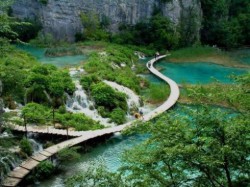 |
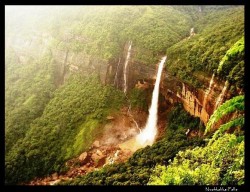 |
#Nohkalikai Falls Nohkalikai Falls was one of the taller waterfalls in India. It made a dramatic free leap from a fairly well-forested drainage into a rocky base accompanied by a pretty blue pool. While Julie and I noticed that most of the waterfalls in the Cherrapunjee area had really lost their luster outside of the monsoon season, this waterfall seemed to have maintaind its perforance.I suspect that the relatively healthy drainage upstream of the falls was largely due to the moisture-retaining foliage that remained forested and untouched (though this might be threatened based on what we saw, which we’ll get into later)In fact, we even saw a pair of light flowing companion waterfalls making similar dramatic leaps off the escarpment. I’d imagine in wetter times, there could have been many more companion waterfalls flanking the main one. |





